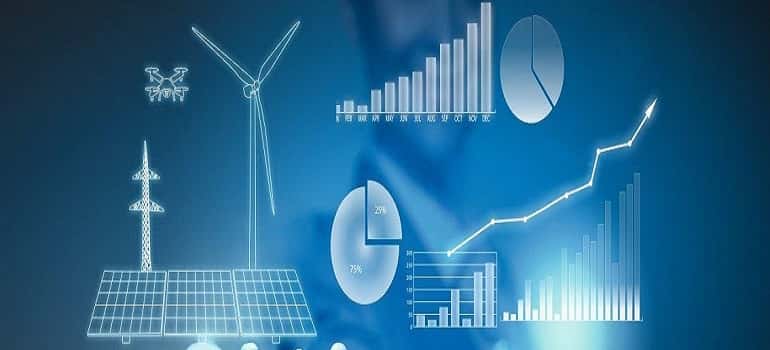
DNV GL has launched WindGEMINI, its first online digital twin online tool giving wind farm owners and operators advanced insights into wind turbine condition and performance, enabling better informed wind operation decisions.
The WindGEMINI framework is based on digital twin technology, equipping users with digital copies of their wind turbines which are continuously updated in real-time, making use of the stream of information received from turbines and wind farm sensors, to reflect the real conditions experienced by the turbines on site.
WindGEMINI gives owners and operators 24/7 access to key metrics and advanced analysis to understand the performance, condition and remaining life of a turbine and its components. This knowledge can be used to optimise servicing, inspections and plan repairs or replacements, thus minimising downtime and lost revenue, as well as informing financial modelling and strategic decision-making processes.
ALSO READ: Artificial intelligence will boosts efficiency for solar and wind: DNV GL
WindGEMINI is built on DNV GL’s 25 years of wind turbine design experience and on the analysis of more than 50 GW of global onshore and offshore wind plants. It gives owners and operators an easy, accessible way to unlock the value within their data and can be utilised across the entire portfolio, as it is compatible with any turbine model.
Operational benefits and applications of WindGEMINI include:
- A turbine life estimator uses aeroelastic modelling to estimate the effect of site conditions on the fatigue accumulation of the main structural components. It provides an estimate of the remaining life of a turbine which can be used to identify opportunities to extend life or upgrade turbines.
- Predictive analysis of the turbine drivetrain identifies patterns indicative of incipient failure modes and raises alerts with varying confidence levels. This information can be used by owners and operators to avoid failures, optimise inspections and reduce downtime.
- A power curve performance watchdog identifies shifts in the turbine power curves and sub-optimal control modes, so that they can be corrected to regain any potential energy losses.
- Structural integrity monitoring uses high-frequency data to identify issues, such as rotor imbalance and foundation degradation, which can have adverse effects on energy capture and turbine life.
Prajeev Rasiah, Executive Vice President, for DNV GL’s energy business in Northern Europe, Middle East & Africa, said “As the wind industry matures, there is constant pressure to reduce costs and increase revenue, and grid operators no longer tolerate downtime and under performance. WindGEMINI is part of DNV GL’s drive towards a more digital future and, as a leading independent advisor to the renewables industry, builds on our expertise of leveraging technology to drive down cost of energy.”

